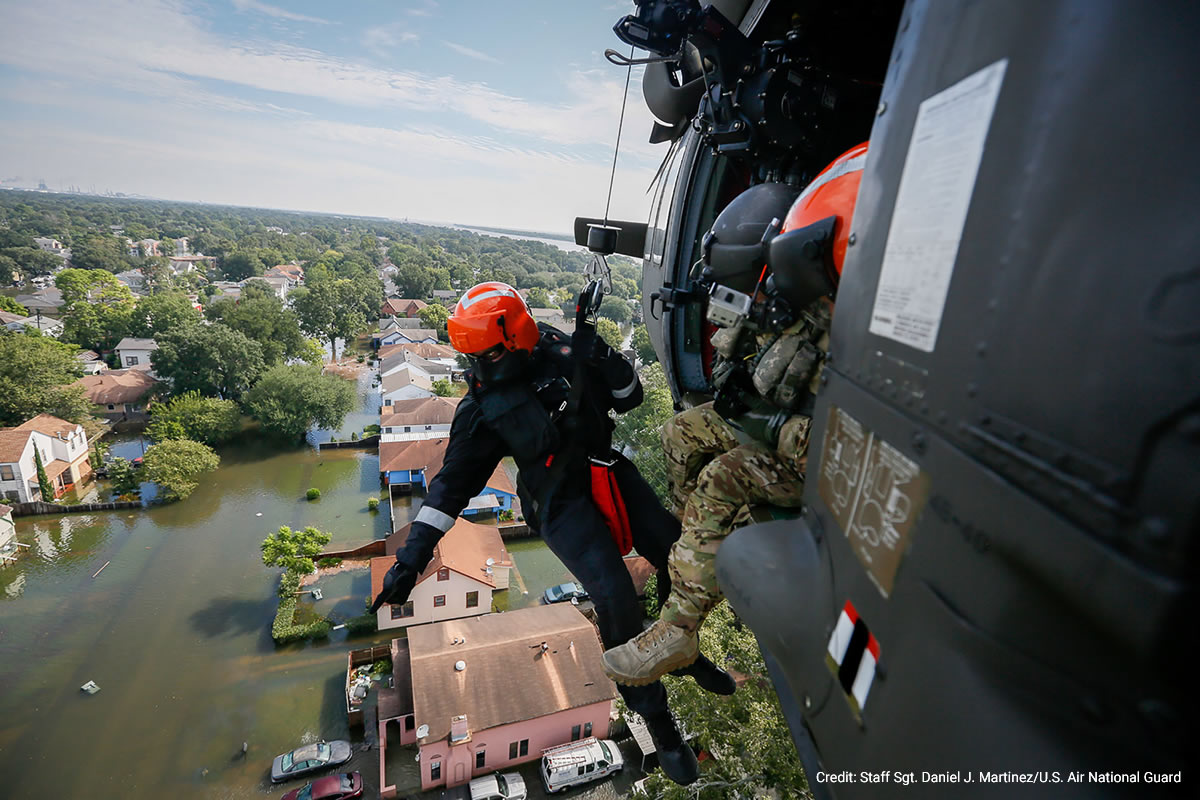In order to justify the capital costs of distributed renewable energy systems, DER owners, developers, equipment manufacturers, regulators, utilities, and financing entities are often called upon to assign quantitative values to the benefits of these investments. However, many of the values provided by renewable energy to society are still difficult – if not impossible – to quantify. The problem is even more complex when we try to compare the value of distributed vs centralized (or utility-scale) renewable energy.
Why storage is more valuable when it’s distributed
This question cropped up repeatedly at the recent Distributed Energy Conference in Denver, Colorado, presented by Power Magazine. Dr. Peter Lilienthal, founder and CEO of HOMER Energy (who is an economist), made the case for “Why Hybrid Systems are the Future for Distributed Energy and the Entire Power Sector,” as part of a panel on Energy Storage Integration.
He said that battery energy storage systems (BESS) create a number of very different value streams. For utilities, storage can provide deferred investment in expensive transmission, additional system capacity, and ancillary services such as frequency regulation and voltage support. At the distribution level, hybrid energy systems provide value to users by improving resilience.
But, the greatest value for storage, says Lilienthal, is at the grid edge, behind the meter of an individual customer. At that level, renewable energy and storage systems add even more worth, because most outages occur at the distribution level. Furthermore, distributed systems with storage can provide direct financial benefits to customers, such as opportunities for “peak shaving,” and potential reduction in demand charges, especially if the utility has implemented Time-of-Use (TOU) rates. As more renewable resources are added to our energy system, these value streams will become increasingly important.

Understanding the qualitative value of resilience for microgrids
Despite the enormous cost of climate-related natural disasters, it’s still not entirely clear how we can define the value of resilience, and apply those savings to a given microgrid project. What should C&I customers, for example, pay for resilience? We do have an increasing body of data on the cost of grid failures. S & C Electric produces an annual study on the impacts of power outages for C&I customers across various industry sectors. Their 2018 report says that 18 percent of C&I customers suffered a financial impact of $100,000 or more from power failures and for another 19 percent, outages cost of $50,000 or more.
Amy Simpkins, CEO of mμGrid Analytics, also spoke at the Denver Distributed Energy Conference in a session called The Economic Value of Reliability and Resilience. In a presentation titled “What Does Resilience Mean to You?,” she proposed that microgrid developers start by exploring this question with their clients.
The first step in defining this value, says Simpkins, is to create a “narrative” around the case of resilience. Simpkins says in the process of designing a microgrid for resilience, the following questions should be asked: What kinds of outages might be expected, and how long could they last? What would a “day in the life” of an islanded microgrid system look like? What types of solutions – hardware, architectural or operational – might be applied to correct an outage? What human factors might be involved in dealing with power loss?

Only after these potentially qualitative and site-specific factors are discussed and some agreement is reached on what is expected, should microgrid developers begin assigning quantitative values to the microgrid. What is the confidence level that the microgrid can serve critical loads when it is performing in island mode? What values might be assigned to the prevention of economic loss, the provision of emergency services, and even lives that are saved?
Finally, Simpkins said, in order to understand the resilience of a given system, you must perform a stochastic analysis to determine the probability that certain events will occur. What weather events were predicted? How long would the generator be able to run? Would the solar PV be producing constantly? She concluded by reminding the audience that it was a good idea to have firm generation as backup, urged them not to rely on equipment entirely, and to be sure to consider human and operational factors carefully.
